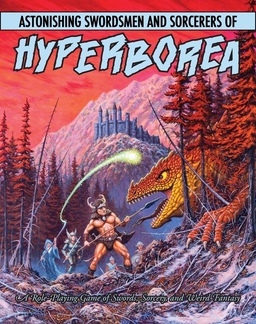The Blue Lamp by Robert Zoltan
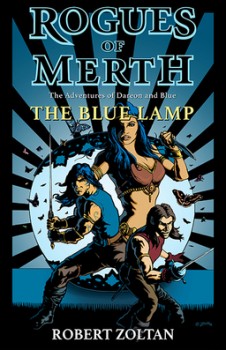 Let me confide a secret I have never told anyone before: sometimes, when I’m reading a story, and I’m all by myself, especially if it’s night and the only illumination is from my reading light, I’ll read out loud. And do voices. I’ll only read the dialogue out loud, reading the rest silently so it’s like I’m creating my own radio show. I like to think it sounds pretty cool. It’s definitely fun. When Robert Zoltan Szeles began telling people he was hard at work on an audio version of his story “The Blue Lamp,” I was jazzed.
Let me confide a secret I have never told anyone before: sometimes, when I’m reading a story, and I’m all by myself, especially if it’s night and the only illumination is from my reading light, I’ll read out loud. And do voices. I’ll only read the dialogue out loud, reading the rest silently so it’s like I’m creating my own radio show. I like to think it sounds pretty cool. It’s definitely fun. When Robert Zoltan Szeles began telling people he was hard at work on an audio version of his story “The Blue Lamp,” I was jazzed.
“The Blue Lamp” first appeared in Heroic Fantasy Quarterly #26 last year, as written by Robert Zoltan (a name, you have to admit, is pretty awesome for penning S&S). I liked it very much and reviewed it favorably in my October 2015 Short Story Roundup:
A catman, a mothwoman, and an eerie blue lamp figure in Robert Zoltan’s very fun and self-illustrated (well one picture anyway) “The Blue Lamp.” For any fan of S&S those three things should be enough to make you read the story. We know what we like and when we seen it we flock to it like, well, moths.
For those wanting to know more it’s simple: two friends — a tattoo-covered barbarian called Blue, and the poet (and master swordsman) Dareon Vin — get into a fight. Wandering into the big city by himself, Blue ends up looking into the wrong magic blue lamp. When Dareon goes out to find him, unexpected things start to happen. The two physically and temperamentally mismatched heroes bring to mind a certain pair from classic S&S, but only enough to be good fun, not reeking of thievery.

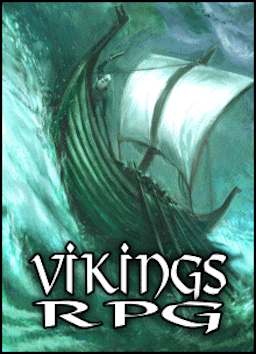
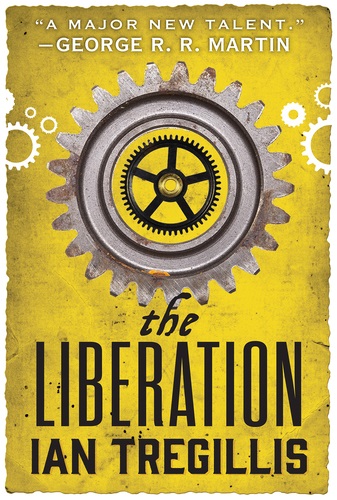


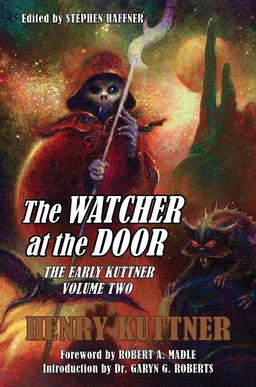
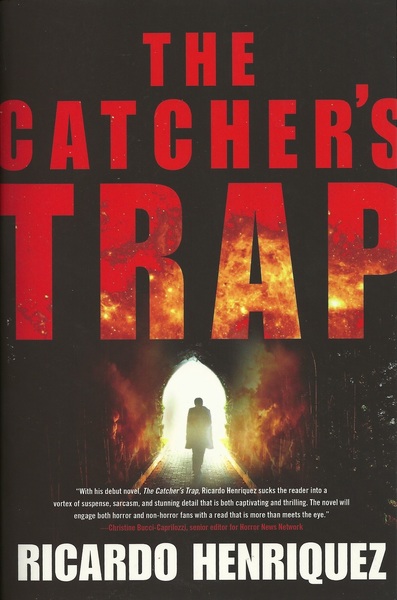
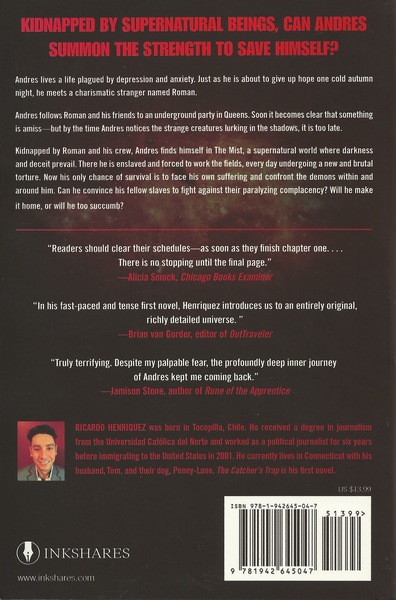
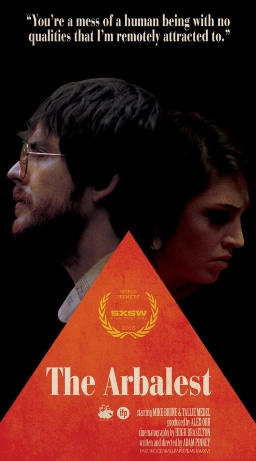 Tuesday, August 2, was the next-to-last day of the 2016 Fantasia festival. I had two movies lined up. First would come The Arbalest, at the De Sève Theatre: a period fantasy about a man who made an addictive puzzle in a slightly alternate 1970s. That would be followed by The Piper (Sonmin), a Korean film that reimagined the Pied Piper story as set in a postwar Korean village. Both looked promising. One delivered on that promise.
Tuesday, August 2, was the next-to-last day of the 2016 Fantasia festival. I had two movies lined up. First would come The Arbalest, at the De Sève Theatre: a period fantasy about a man who made an addictive puzzle in a slightly alternate 1970s. That would be followed by The Piper (Sonmin), a Korean film that reimagined the Pied Piper story as set in a postwar Korean village. Both looked promising. One delivered on that promise.